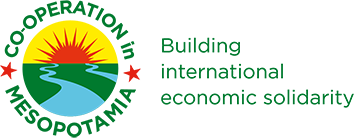Deir ez-Zor (Arabic: دير الزور Dayr az-Zūr; Syriac: ܕܝܪܐ ܙܥܘܪܬܐ Dayrāʾ Zəʿōrtāʾ) is the largest city in eastern Syria and the seventh largest in the country. It is now part of the Democratic Federation of Northern Syria.
In the 2004 census, Deir ez-Zor had a population of 211,857 people. It lies on the shores of the Euphrates River.
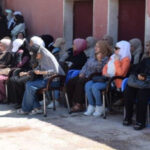
The Women's Support Center opened in Raqqa consists of departments of education, communication, culture and arts, and sports.
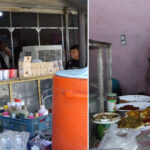
The stories of women, who maintain their life with hope in Deir ez-Zor despite all the challenges faced by them, are inspiring. They make big changes in the city by developing small-scale projects.
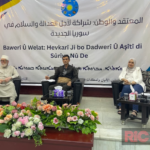
Rojava Information Center interviewed figures and structures associated with Islam in North and East Syria. They included members of the Democratic Islam Congress and Delal Khelil from the Council of Religions and Beliefs, both structures which RIC previously interviewed in 2020. RIC also spoke to Sheikh Murshid Khaznawi, the son of Sufi Sheikh Maashouq Khaznawi, who was tortured and assassinated by the former Ba’ath government in 2005.
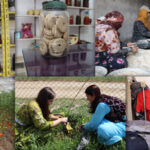
Kongra Star continues to develop projects and establish cooperatives in northeastern Syria to promote women’s economic empowerment.
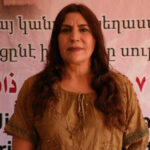
The Armenian Women's Union fights for the active participation of women in all areas of life. Anahit Kasabiyan said that the Armenian community living in Northern and Eastern Syria will establish a political party led by women.
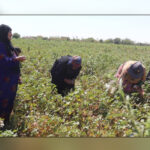
Women of Deir ez-Zor keep growing cotton despite all the difficulties caused by climate change and the ongoing attacks.
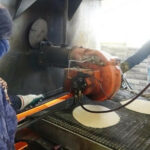
The bakery produces 4 tons of bread daily and tries to meet the needs of the people with overtime in case of higher demand.
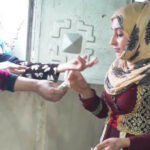
The women of Deir ez-Zor have started to take on a leading role in all areas after the region was liberated and are now strengthening their economies through the cooperatives they build.








